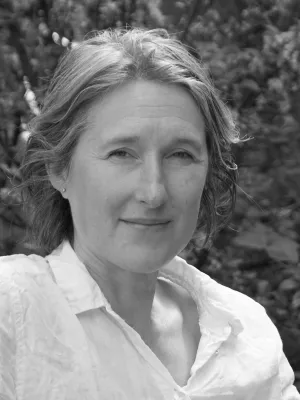
Lisa Eklund
Associate Professor | Senior Lecturer

Understanding Bachelorhood in Povertystricken and High Sex Ratio Settings : An Exploratory Study in Rural Shaanxi, China
Author
Summary, in English
Coupled with the social practice of female hypergamy, the male surplus within the never-married population means that today’s Chinese marriage market is extremely tight in particular for men from a rural background and the least privileged socio-economic categories. Drawing on quantitative data from a survey conducted in 2014–2015, this article sheds light on the situation of single men who are past prime marriage age in three rural districts of Shaanxi particularly affected by this phenomenon. It compares single men’s characteristics to those of their married counterparts and offers insights into
the heterogeneity of single men with the aim of challenging some commonly
accepted assumptions about bachelorhood in rural China. Results suggest a
strong internalization of the various characteristics, centred on being able to
offer social mobility to a potential wife, that a man is expected to have to be attractive to women in a context where women have more choice in mate selection. We conclude that mate selection is highly marked by class, social norms, social interactions, health, generation and age, and requires the mobilization of certain amounts of individual, social and economic resources. Unwanted bachelorhood would thus be better understood using an intersectional approach rather than mainly in numeric terms.
the heterogeneity of single men with the aim of challenging some commonly
accepted assumptions about bachelorhood in rural China. Results suggest a
strong internalization of the various characteristics, centred on being able to
offer social mobility to a potential wife, that a man is expected to have to be attractive to women in a context where women have more choice in mate selection. We conclude that mate selection is highly marked by class, social norms, social interactions, health, generation and age, and requires the mobilization of certain amounts of individual, social and economic resources. Unwanted bachelorhood would thus be better understood using an intersectional approach rather than mainly in numeric terms.
Department/s
- Sociology
- Centre for Economic Demography
Publishing year
2019
Language
English
Pages
990-1017
Publication/Series
China Quarterly
Volume
240
Document type
Journal article
Publisher
Cambridge University Press
Topic
- Sociology
Status
Published
ISBN/ISSN/Other
- ISSN: 1468-2648

